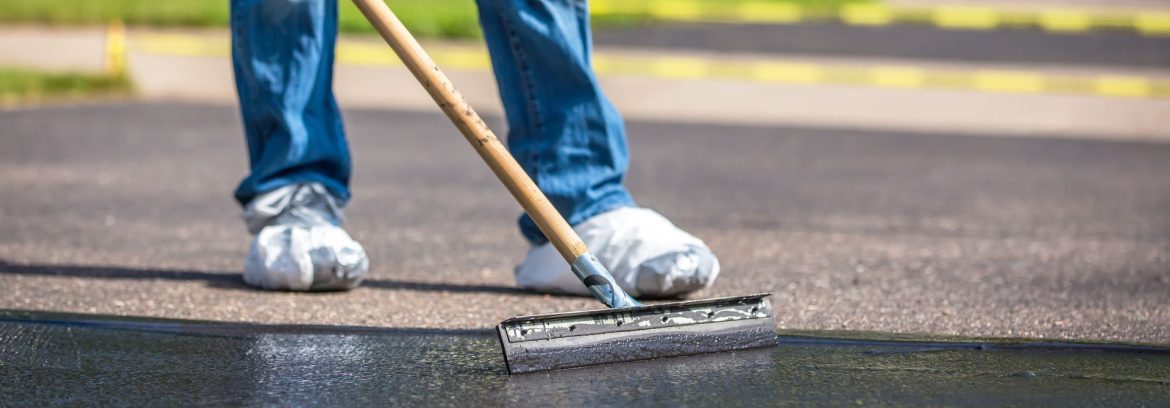If you’ve invested in an asphalt driveway or commercial parking lot, you’ve probably heard about the importance of seal coating. But the next question is just as important:
How often should you actually do it?
At J. Perry Paving, we’ve been protecting asphalt surfaces in Rhode Island for over 20 years — and we know what local weather, traffic, and conditions can do to your pavement.
Here’s what to know about seal coating frequency and how to get the timing right.
General Rule of Thumb
- New asphalt: Seal coat 6–12 months after installation
- Existing pavement: Seal every 3 to 5 years for optimal protection
This timeframe balances protection and cost — and helps avoid over-sealing, which can damage the surface.
→ See our seal coating service details
Why Timing Matters in Rhode Island
Our freeze-thaw cycles, heavy snow, spring rains, and UV exposure all accelerate asphalt wear.
- Winter: Salt, snowplows, and freeze-thaw cause cracking
- Summer: Sun exposure dries out the binder, making it brittle
- Spring/Fall: Standing water and erosion eat away at unprotected surfaces
Seal coating creates a barrier against all of these elements — but it only works if reapplied on time.
Signs It’s Time to Seal Again
- Surface has turned gray and faded
- Fine cracks are forming
- Water is no longer beading on the surface
- Oil and gas stains are soaking in
- It’s been more than 5 years since your last seal
Pro tip: If you’re not sure when you last sealed your lot, we’ll inspect it for free.
Residential vs. Commercial: What’s the Difference?
| Surface Type | Frequency |
| Driveways (light traffic) | Every 4–5 years |
| Parking lots (moderate traffic) | Every 3–4 years |
| Heavy-use commercial lots | Every 2–3 years |
More traffic = more wear. For high-traffic commercial lots, seal coating every 2–3 years may be necessary to avoid expensive repairs.
What Happens If You Wait Too Long?
Skipping seal coating leads to:
- Cracks and potholes
- Weakened asphalt binder
- Water penetration and base erosion
- Faded appearance that hurts curb appeal
These issues are far more expensive than routine seal coating — and can shorten the life of your pavement by 5–10 years.
→ See also: Why Seal Coating is Essential for Asphalt Longevity
Trust J. Perry Paving to Get the Timing Right
We don’t just seal — we assess your surface first to make sure seal coating is the right step, at the right time.
Our approach includes:
- Power washing and prep
- Crack filling before seal application
- Brush and spray techniques for full coverage
- Post-job care tips and reminders for future sealing
→ Learn more about our experienced team
Final Thoughts
Seal coating isn’t a one-and-done job — it’s a scheduled service that should happen every few years based on your surface’s age, traffic, and exposure. Done right, it adds years to your pavement’s life and keeps it looking fresh and professional.
Not sure if it’s time to seal coat?
Contact J. Perry Paving for a free inspection and expert advice.

